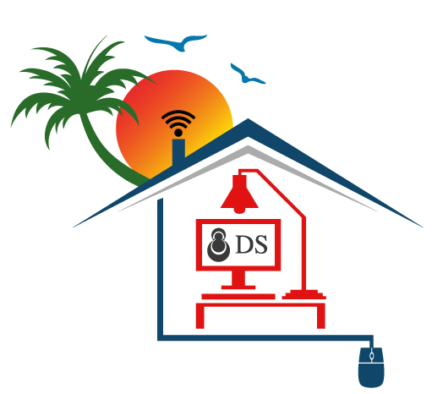Introduction:
The world of textile design is a vibrant tapestry woven with creativity, technology, and a deep understanding of materials. The process of transforming an idea into a tangible, visually stunning fabric involves a series of intricate steps. In this comprehensive exploration, we will embark on a journey through the fascinating textile design process, unraveling each stage to understand the artistry, technology, and craftsmanship that bring fabrics to life.
1. The Genesis: Inspiration and Research
The textile design journey begins with inspiration—a spark that can come from anywhere. Designers draw on diverse sources, including nature, art, culture, and the ever-evolving world of fashion. A thorough research phase follows, helping designers understand market demands, emerging trends, and the preferences of their target audience. This initial phase sets the foundation for the creative process that follows.
2. Concept Development
Concept development transforms inspiration into tangible design ideas. Designers engage in sketching, brainstorming, and creating mood boards to refine their concepts. This phase involves the exploration of themes, motifs, and color palettes that will define the character of the textile. It’s a crucial step where ideas start taking shape and evolving into potential designs.
3. Colors: Exploring and Selecting
Color is a powerful language in textile design. Designers experiment with different color schemes, considering the emotional impact of each hue. The selection of colors is a nuanced process, as designers aim to create a harmonious and visually compelling palette that aligns with the overall theme of the design.
4. Digital Tools and Technology
Advancements in technology have revolutionized the textile design landscape. Many designers now leverage computer-aided design (CAD) software for precision and scalability. Digital tools allow for 2D and 3D visualization, enabling designers to bring their concepts to life with greater accuracy. The integration of technology enhances the efficiency and accuracy of the design process.
5. Material Selection
Choosing the right fabric is a critical decision in the textile design process. Designers consider factors such as texture, weight, and the intended use of the fabric. Understanding how different fabrics interact with dyes and printing methods is essential for achieving the desired results.
6. Printing Techniques
The selection of a printing technique is a pivotal decision that impacts the final look and feel of the fabric. Screen printing, digital printing, block printing, and sublimation are among the various techniques employed. Each method has its unique characteristics, requiring specialized knowledge and expertise for successful execution.
7. Color Separation
Color separation is a technical aspect of the design process, involving the breakdown of the design into individual color components. This step ensures that each color is applied accurately during the printing process, contributing to the overall fidelity and vibrancy of the final print.
8. Printing Process
The printing process involves operating sophisticated machines to transfer the design onto the chosen fabric. Quality control measures are implemented to address issues such as color accuracy, alignment, and consistency. The hands-on nature of this phase requires a delicate balance between artistry and technical precision.
9. Post-Printing Treatment
Post-printing treatment is a crucial step in ensuring the durability and longevity of the printed fabric. Curing and drying processes set the colors, while washing and fixing remove excess dyes and chemicals. Attention to detail during this phase is paramount to achieving a high-quality end product.
10. Finishing Touches
The finishing touches add a layer of refinement to the printed fabric. Special treatments, such as softeners or coatings, may be applied to enhance the texture or appearance. This phase is about perfecting the tactile qualities of the fabric and ensuring it meets the desired standards.
11. Documentation and Presentation
Accurate documentation is crucial for the seamless execution of the design in mass production. Designers create detailed specifications, color codes, and any special instructions for production. Additionally, they compile a presentation or portfolio showcasing the design process, inspirations, and the final product—a valuable tool for communication and marketing.
12. Feedback and Iteration
Seeking feedback from peers, clients, or focus groups is a vital step in refining the design. Iterative processes may involve adjustments based on feedback, ensuring that the final product aligns with both the designer’s vision and market expectations.
13. Production and Distribution
Once the design is finalized, it transitions into the production phase. Mass manufacturing begins, and distribution channels are established to bring the finished textile products to consumers. This phase involves coordination between designers, manufacturers, and distributors to ensure a smooth transition from concept to market.
Conclusion: The Artistry and Technology of Textile Design
The textile design process is a symphony of creativity, technology, and craftsmanship. From the initial spark of inspiration to the final printed fabric, each stage plays a crucial role in bringing designs to life. As technology continues to advance and sustainability takes center stage, the future of textile design holds exciting possibilities. It’s a journey where tradition meets innovation, and where the artistry of human creativity is woven into the very fabric of our lives.



